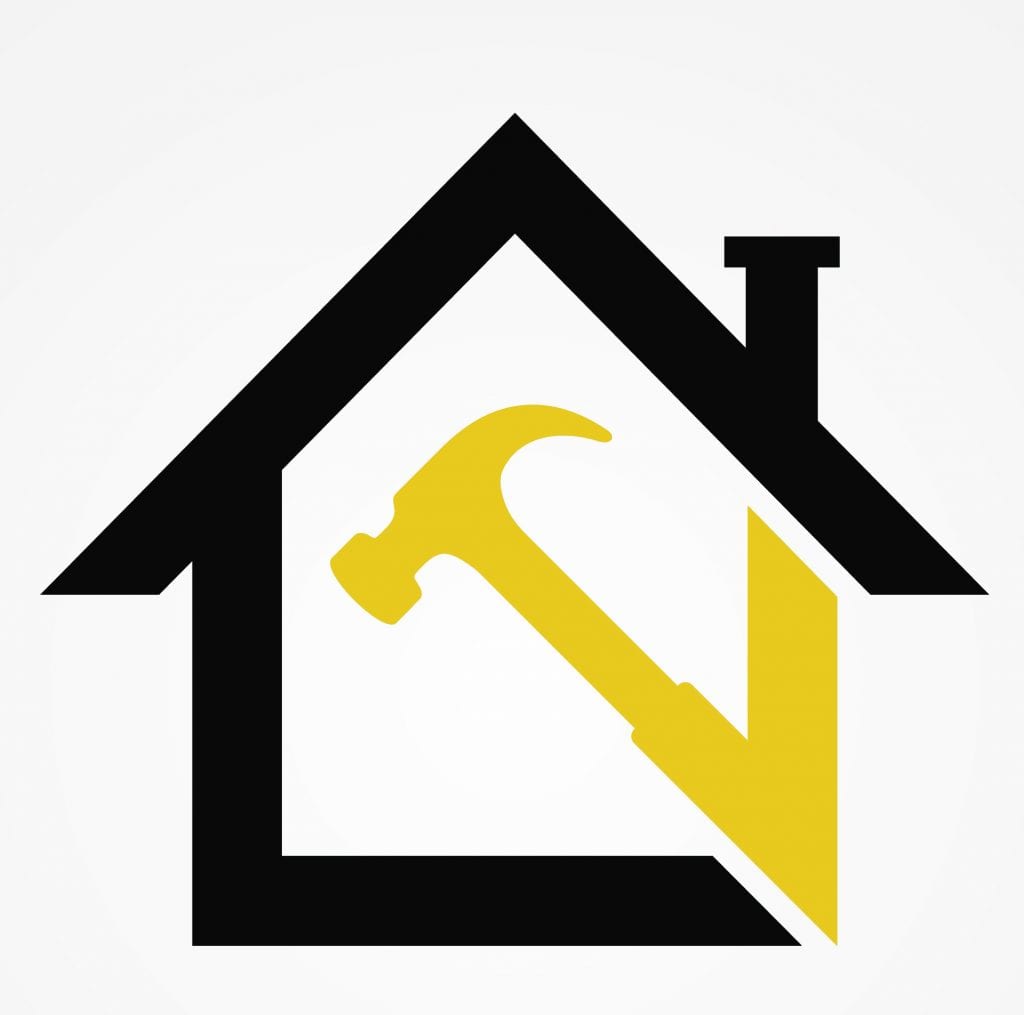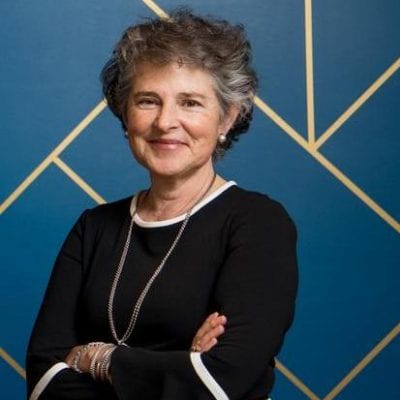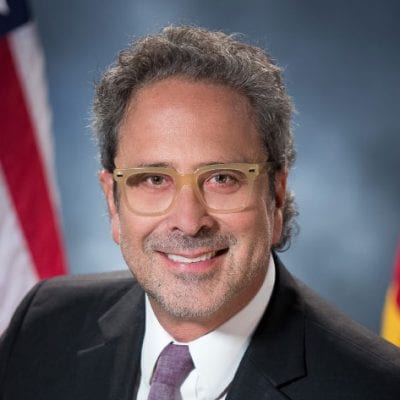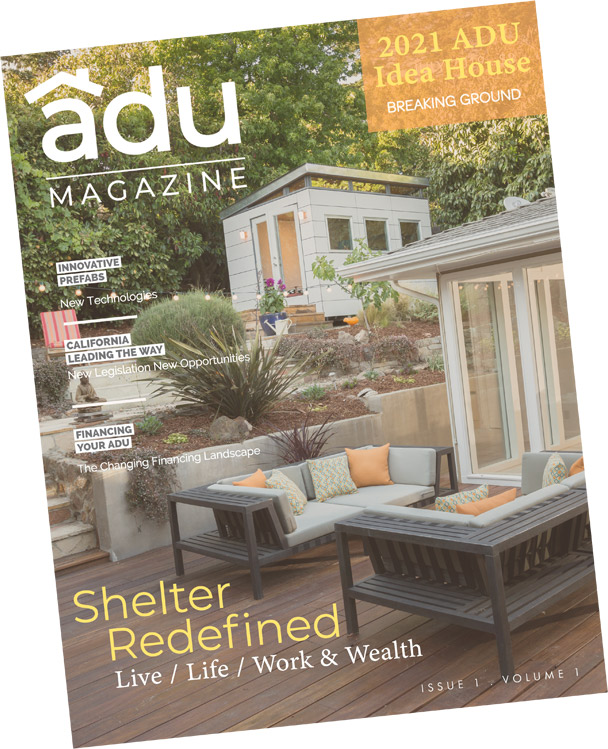In-Law and Family Quarters
“In-Law quarters” is perhaps one of the most recognized names for an ADU or JADU.
And, for a good reason. Bringing your parents or extended family to live with you often makes sense from both a social and monetary perspective.
Prior to the 1950s, multi-generational living was more common. In fact, one-quarter of Americans lived with three or more generations in one home. Workforce housing with varied living arrangements was also more common during industrialization. That declined significantly in later years, bottoming out at around 12% in the 1980s as individual homeownership became more of the norm, but recent statistics show a resurgence of the trend. Today nearly 20% of families are estimated to live in multi-generational situations or have developed multi-family housing arrangements of some type. Initially, this was in response to economic aspects of the Great Recession, but it has recently been spurred a bit by an increased aging population.
It now is also an additional consideration with COVID-19 as we factor in safety issues as well as the economic downturn from impact of the virus.
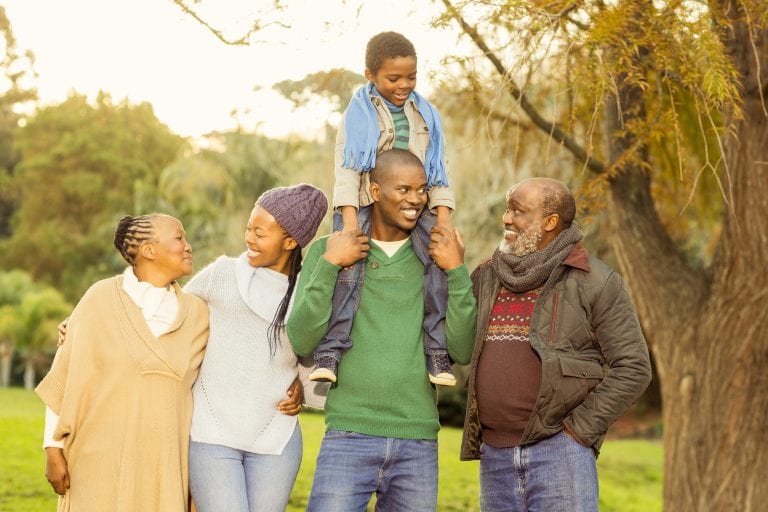
With individuals living longer and being more active into their older years, some estimates project the United States to have a staggering 111 million people over age 65 by the year 2030. That could represent roughly 30% of the nation’s projected population.
With continued trends towards increased housing costs and shortages of affordable housing opportunities, closely linked to aging family member considerations, projections are that the number of multi-generational living arrangements will continue to grow in the future. The trend is also fueled by an openness from millennials and baby boomers alike to have shared living situations for mutual assistance as well as socialization.
Assisted living, while an excellent option for many, can also be very expensive. So, from a purely cost perspective, delaying expenses associated with assisted living and remaining in a positive living situation can be a significant advantage financially. For example, a $50,000 per year cost at an assisted living facility can quickly add up to hundreds of thousands of dollars over several years. Eating away at savings – assuming family members even have these savings.
Building a new ADU, adding a prefabricated unit to your property, or converting part of your home into a JADU often pencils well financially when considering just those assisted living numbers alone. Not to mention that the investment in an ADU, beyond potentially creating home value and equity, would technically result in savings that would otherwise have been spent on the assisted living and not remaining with the family.
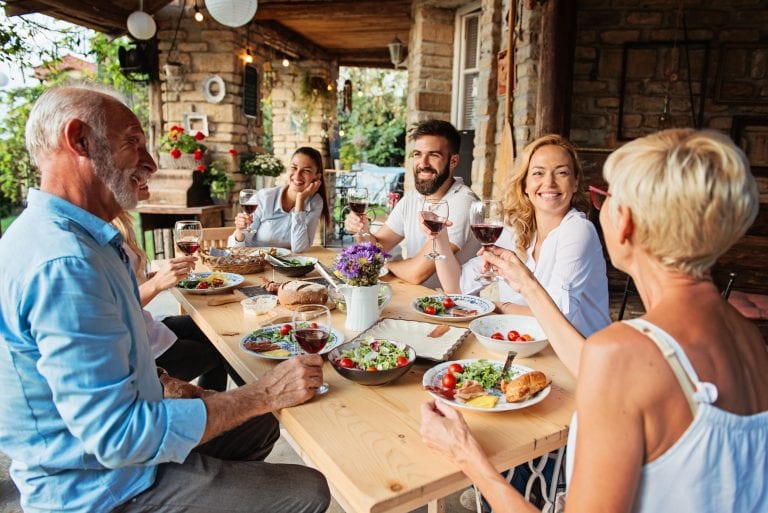
Sometimes the consideration of an ADU for a family is also just a temporary situation. Families live together until such time as it is not possible to do so due to health issues, keeping relatives vibrant and socialized with family while delaying the eventual costs as long as possible.
Other times, it is more about quality of life. As we get older, sometimes family members can’t continue to age in place in their current home. In those cases, with high costs of living, it might make sense for us to sell or rent out their existing residence and move aging members into a new ADU that is specifically designed with Aging in Place considerations.
While cost and care is often a significant consideration with multi-generational living, it also allows for the pulling of resources and savings. That extends to the advantages of having more individuals to help with everything from daily tasks and household functions to childcare and education. Families that pull resources together are often the most successful, and ADUs can be a great mechanism for achieving this.
Just as each ADU is unique to its owner and occupants, so are the reasons for creating or building one on your property. And, just as the use of your primary home may evolve over time, so might the function and those living in your ADU change.
Following find some of the most typical reasons why you might build an ADU or JADU.
An additional living space for a Caretaker, Nanny and those that assist or provide services to family.
“In-Law quarters” is perhaps one of the most recognized names and uses for an ADU or JADU.
A dedicated home office or study space is now one of the most in demand hotlist items for homeowners.
Having an ADU or JADU represents a potential rental income stream – one that can be leveraged against your existing primary unit.
Sort of a reverse version of building an ADU on your property for In-Laws to occupy. Except, in this case, you would be building it for yourself.
Having an ADU or JADU allows a young adult child that returns home to continue progressing in their own space while pulling family resources.
An ADU or JADU can be the thing that offers flexibility in a variety of different situations as unexpected temporary housing needs arise.


